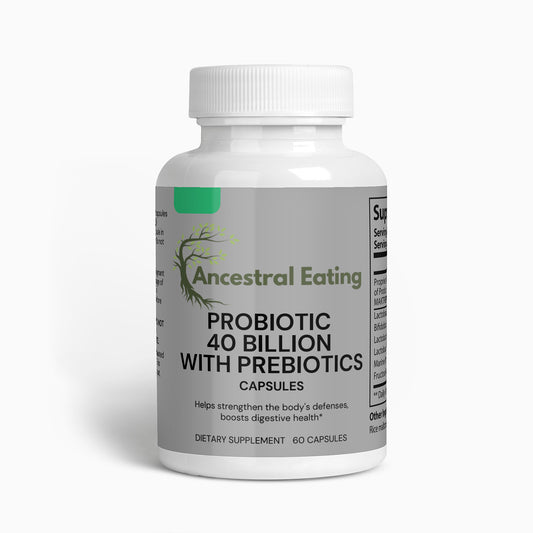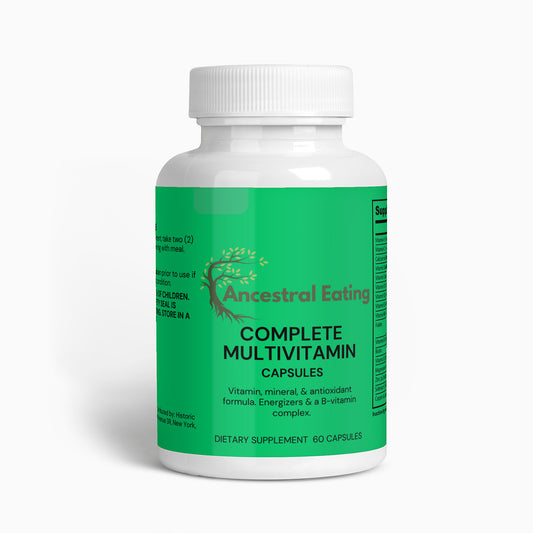The food culture of India is incredibly diverse, shaped by its various ethnic communities, religions, and historical influences, including colonial periods. India's cuisine has been shaped by several key factors, such as geography, cultural history, and foreign influences over the last 500 years.
Native Ingredients and Pre-colonial Dishes:
- Rice: A staple in many parts of India, especially the South and the East.
- Wheat: Consumed largely in the form of flatbreads like roti and chapati, especially in North India.
- Legumes: Lentils (dal), chickpeas, and other pulses are essential protein sources.
- Spices: Native spices like turmeric, black pepper, cardamom, and mustard have been used since ancient times.
- Vegetables and Fruits: Indigenous vegetables like okra, brinjal (eggplant), and a variety of gourds, as well as fruits like mango and banana, have been widely consumed.
Islamic Influence:
- Meat Dishes: The arrival of Islam brought with it kebabs, biryanis, and various meat dishes.
- Bread: Types of bread like naan and kulcha became popular.
Portuguese and British Colonial Influence:
- Potatoes, Tomatoes, and Chillies: Not native to India but became staples after the arrival of Europeans.
- Tea: Introduced by the British and has become an integral part of Indian culture.
- Baking: The concept of baking gained prominence, particularly among Christian communities.
Other Foreign Influences:
- Noodles and Momos: From Chinese and Tibetan cuisine, especially in North-East India.
- Samosas: Believed to have Central Asian origins but have become quintessentially Indian.
Traditional Dishes:
- Curries: Made from various vegetables, legumes, and meats, with regional variations in the use of spices.
- Biryani: A fragrant rice dish cooked with spices and either meat or vegetables.
- Idli and Dosa: Steamed rice cakes and fermented rice-lentil crepes from South India.
- Samosas: Fried or baked pastry with a savory filling, usually potatoes, peas, and spices.
Sweets and Desserts:
- Jalebi: A sweet made by deep-frying batter in pretzel or circular shapes and soaking in sugar syrup.
- Gulab Jamun: Deep-fried dough balls soaked in sugar syrup.
- Rasgulla: A Bengali dessert made from ball-shaped dumplings of chhena (curd cheese) cooked in syrup.
Beverages:
- Chai: Tea brewed with spices like ginger and cardamom.
- Lassi: A yogurt-based drink, either sweet or salty.
- Sharbat: A sweet, cold beverage made from fruit or flower extracts.
Ritualistic and Religious Foods:
- Prasadam: Food offerings made to gods in Hindu temples, varying regionally.
- Halal: Meat prepared according to Islamic law.
- Fasting Foods: Special foods consumed during religious fasting periods, like Navratri.
Indian cuisine continues to evolve, with each region boasting its own distinct flavors and dishes. From royal Mughlai cuisine to the earthy dishes favored by the tribal communities, the past 500 years have seen a tapestry of culinary traditions that make Indian cuisine one of the most diverse and rich in the world.






